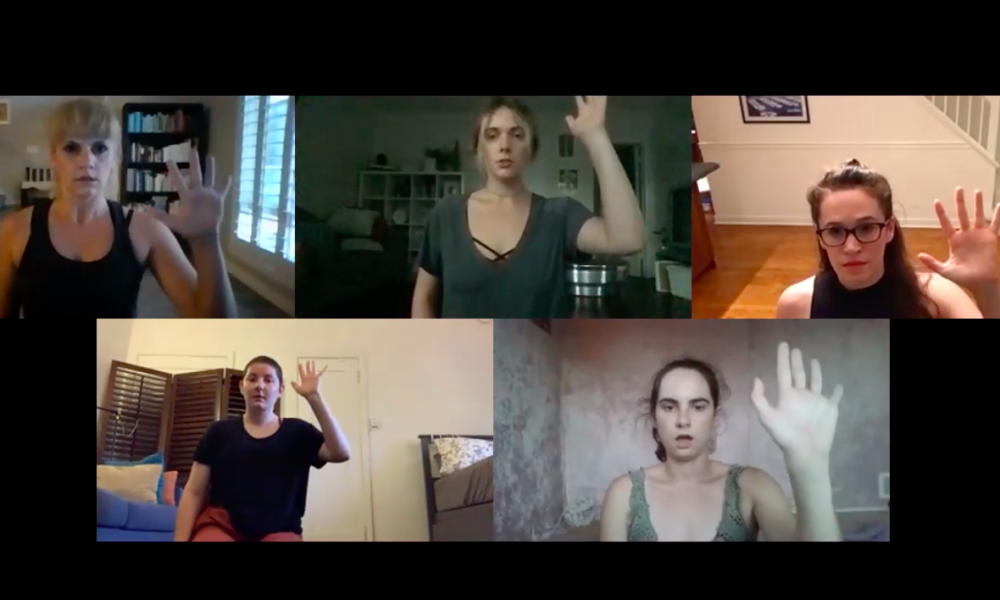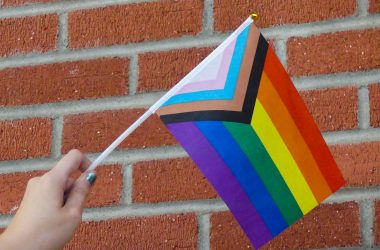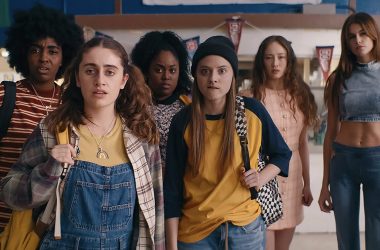If the arts is the first on the budget-cut chopping block in public education, it’s concerning to think where the arts lie in the transition back to in-person learning.
The coronavirus pandemic has asked students from every field to adapt to a new way of learning, and has taken opportunities away from those same students. But as we return to more in-person learning and access to campus facilities, it is integral that students who are part of the arts are not left behind.
In the past year, the Long Beach State and Long Beach community have seen how artists have continued to work despite the restrictions in place.
The Fine Arts Roundtable at CSULB hosted its first virtual gallery for master’s students after over a decade of in-person galleries. The Museum of Latin American Art created an interactive, virtual gallery for audiences to feel like they are walking through a gallery. A professor in the Department of Dance had dancers from her studio perform via Zoom.
And that ability to adapt, at least according to some students, has been a positive experience, one that has opened up opportunities that might not otherwise have happened.
Dancers in the Department of Dance have learned how to film and edit videos of themselves dancing at home for showcases. Students in the Department of Theatre Arts have found more time to hone in on their technical skills while being at home.
But let’s not misunderstand.
Artists adapting to work under virtual settings is not the same as artists seeking to work virtually organically. Though it has been exciting for many to see how their work can be done at home, it’s not a decision everyone would make long term.
So while celebrating the impressive work that has been done under these circumstances is worthwhile, it would be unfair to keep dancers from their stage, musicians from their ensembles, artists from their studios under the guise that “they can adapt.”
In an open letter to school leadership everywhere in 2020, the National Art Education Association asked that schools continue to invest in visual arts and design education amid any adjustments to learning due to the coronavirus pandemic.
It’s because engaging in art—and art comes in an endless amount of forms that, far too often, are dismissed in favor of another medium—is critical in our ability to express ourselves and communicate messages to strangers. Art can educate others in ways a textbook cannot, and often touches us in more visceral ways.
But so often, experiencing its full impact requires people to see it in person, whether it’s a performance in a venue or on the street, a framed photograph hanging on a wall, a mural we can stop and stare at or the countless other ways we encounter art live.
I don’t consider myself an artist.
But no one should have to in order to understand the value creative and artistic expression brings, and what we lose when we don’t make space for it.




